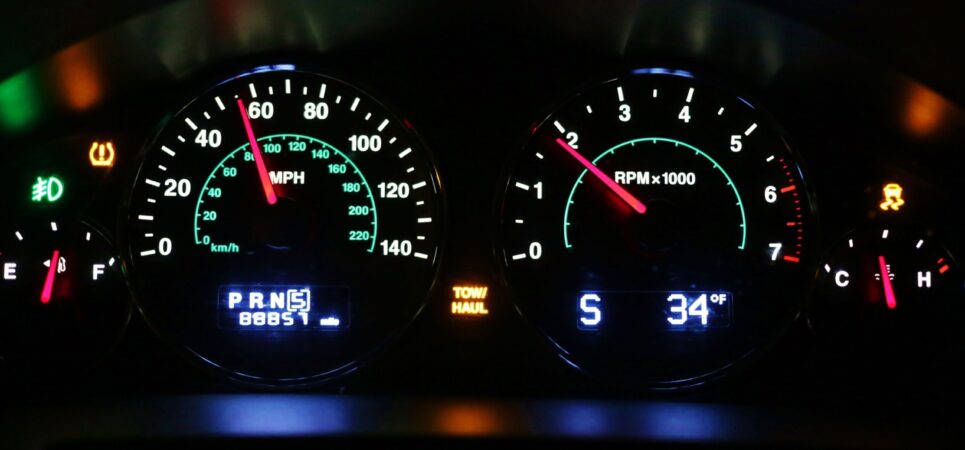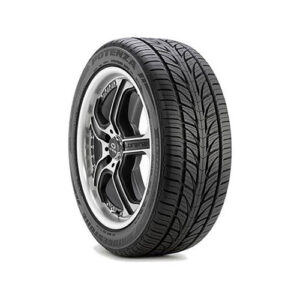Your Honda CR-V’s tire pressure monitoring system (TPMS) is essential to a smooth and safe driving experience. To preserve ultimate tire performance, fuel efficiency, and general safety, you must immediately act when the dreaded tire pressure indicator appears on your dashboard. You can reset the tire pressure indicator on your Honda CR-V by following the instructions in this description.
An Overview of The Tire Pressure Monitoring System (TPMS):
Before beginning the reset process, it is valuable to apprehend how the TPMS works. The system tracks every tire’s air pressure, which notifies you if any of them have low pressure. Usually, a marker on the dashboard called the tire pressure light indicates the warning.
Locating The Reset Button:
In most Honda CR-V models, the TPMS reset button is conveniently located within the vehicle. Start by checking your owner’s manual for the exact location, which may vary depending on the model year. Typically, the reset button can be found near the steering column or in the glove compartment.
Preparing Your Vehicle:
Before resetting, confirm that your Honda CR-V is stationary with the ignition switched off. Ensure all doors are closed and the key has been removed from the ignition.
Finding The TPMS Reset Button:
After finding the reset button’s location, switch the ignition key to the “on” position without starting the engine. Locate the TPMS reset button and press it, holding it down for approximately 10 seconds. Throughout this process, closely observe the behavior of the tire pressure light.
Observing The Tire Pressure Light:
While maintaining pressure on the reset button, you might observe the tire pressure light blinking intermittently or completely extinguishing. This indicates that the TPMS is resetting. Continue pressing the button until the light either ceases blinking or remains off.
Turning On The Car:
Once the TPMS has been successfully reset, turn on your Honda CR-V and go for a quick drive. It takes a little while for the system to reset and register the tire pressures. The tire pressure light should remain off during this trip, indicating the reset was effective.
Additional Guidance:
It is important to manually check the tire pressure if the tire pressure light continues to appear even after you have reset the system. Use a trustworthy tire pressure tester to ensure all four tires are inflated to the recommended levels listed in your owner’s manual.
Resetting Your Honda CR-V’s Tire Pressure Light and Expert Assistance at Zee’s Tire Shop:
Resetting the tire pressure light in your Honda CR-V is a straightforward process that involves just a few simple steps. Consistently monitoring and maintaining the proper tire pressure guarantees a safer driving experience, enhances fuel efficiency, and extends tire lifespan. To add an extra layer of convenience, consider visiting Zee’s Tire Shop. Their skilled technicians can assist with tire pressure checks, adjustments, and resets. By following this comprehensive guide and seeking support from professionals like those at Zee’s Tire Shop, you’ll ensure that your Honda CR-V remains in peak condition, delivering optimal performance on the road.








Leave a Reply